Today we are looking at Czech falconers and their timeless tradition of falconry. Falconry is the hunting of wild quarry in its natural state and habitat by means of a trained bird of prey. There are two traditional terms used to describe a person involved in falconry: a falconer flies a falcon; an austringer (German origin) flies a hawk (Accipiter and some buteos and similar) or an eagle (Aquila or similar). Czech falconry is called Sokolnictví and a falconer is a sokolník.
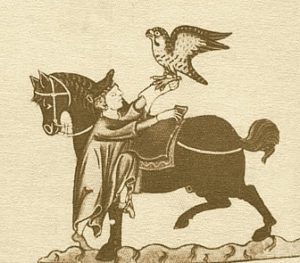
Drawing from 1248 depicting Fridricha II. (Frederick II), a passionate falconer of his time, with a migratory falcon.
Where falconry was created is not exactly known. However, it is believed that the falconry was created somewhere in the steppes of South Asia, where the conditions for it were inherent to the open landscape. This is evidenced by several sources from the second millennium BC, originating in India and Iran.
Falconry penetrated into Central Europe at the end of the 4th Century with the Sarmatas and the Germans. At the same time, China has spread to Japan, where it has been popular with samurai. From the 6th Century. falconry is slowly introduced into the realms of the Ostrogoths, the Vizigots, the Franks, and other European countries, especially the rulers’ courts and the higher nobility where it served for entertainment.
For the lower population, falconry was used as a source of food, but soon it was forbidden to subjects. Since the middle of the first millennium there have been legislation regulating hunting and handling predators. Thefts and illegal capture of falconic predators were severely punished, for example in England for Edvard III. or even the hanging of the Tudor.
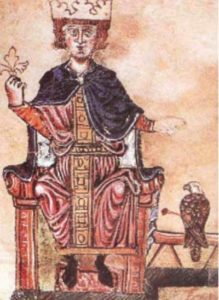 In the Czech lands, falconry is documented in the Great Moravian period. But falconry probably came to the Czech lands in the first half of the fifth century, with the invasion of the Huns on our territory. For the second half of the 5th century, for example, a buckle with a motif of a predator shadowed by a cap found in Vinařice is dated.
In the Czech lands, falconry is documented in the Great Moravian period. But falconry probably came to the Czech lands in the first half of the fifth century, with the invasion of the Huns on our territory. For the second half of the 5th century, for example, a buckle with a motif of a predator shadowed by a cap found in Vinařice is dated.
In the whole of Europe, however, falconry has been mentioned since 336 BC. The first preserved classical textbook of falconry in Europe is the work of Emperor Bedrich II (1194-1250) entitled O přirozenosti ptáků a umění lovu s ptáky (About the Nature of Birds and the Art of Bird Hunting).
Since the time of Emperor Bedrich, there has been very little change in the training and equipment of falcons. These are centuries-old proven procedures and methods that allow us to operate one of the most natural ways of hunting in which natural laws and natural selection work.
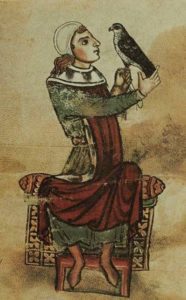 In the past, falconry served both for ordinary people and for partial livelihood, yet this hunting method was always primarily fun and a fascinating theater in nature. Today, we will no longer experience the Pomp with which he left for a hunting expedition, such as the Kublaj Khan, surrounded by the company of several thousand falconers or medieval nobility. Hunting with falcons and other birds of prey today is much more modest. Yet, the main players remain the same – beautiful predators and their natural prey.
In the past, falconry served both for ordinary people and for partial livelihood, yet this hunting method was always primarily fun and a fascinating theater in nature. Today, we will no longer experience the Pomp with which he left for a hunting expedition, such as the Kublaj Khan, surrounded by the company of several thousand falconers or medieval nobility. Hunting with falcons and other birds of prey today is much more modest. Yet, the main players remain the same – beautiful predators and their natural prey.
Like hundreds of generations of falconers in front of us, we can watch with astonishment the way and style of birds of prey.
The Falcon Emperor – Frederick II. Hohenstaufen
From the 13th century comes the oldest Latin textbook of hunting with birds of prey in Europe: De netura avium et de arte venandi cum avibus (About the Nature of Birds and the Art of Bird Hunting). The author is the pioneer of scientific ornithology and the most important falconer in the Middle Ages, the Roman Emperor and the German King Frederick II. Hohenstaufen (26 December 1194-1250), also called the “Falcon Emperor”.
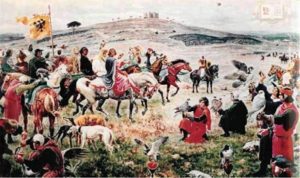 The Emperor proceeded strictly scientifically with this work. He was not only one of the best falconers, but also an excellent philosopher, natural scientist and ornithologist. The underlying knowledge has been subjected to critical analysis and verified by experiment. On the basis of verified information, he accepted original conclusions and, by his work, scattered the inviolable rules of scholastic thinking.
The Emperor proceeded strictly scientifically with this work. He was not only one of the best falconers, but also an excellent philosopher, natural scientist and ornithologist. The underlying knowledge has been subjected to critical analysis and verified by experiment. On the basis of verified information, he accepted original conclusions and, by his work, scattered the inviolable rules of scholastic thinking.
Paradoxically, however, the authorship, title, number of parts (parts) and dating (publication) or print (year of publication) of this oldest and richly illustrated works on falconry are quoted by several authors differently.
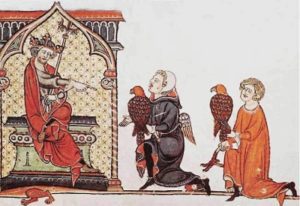 Thus, although it is mainly a presumption, the dawn of falconry dates back to the 2nd millennium BC At that time, the conditions for the development of falconry of the open steppe region of South Asia were established.
Thus, although it is mainly a presumption, the dawn of falconry dates back to the 2nd millennium BC At that time, the conditions for the development of falconry of the open steppe region of South Asia were established.From there, falconry spreads in all directions, and has gradually reached Europe through India, Asia, and the Balkans. It was especially the early Middle Ages, the period of migration of the nations, when the Attila hunter leader, a passionate hunter, escorted his military campaigns in the 4th century AD, among other groups of falcons.
If falconry initially served as a livelihood for prey, over time it became more of a spectacular pastime and the spectacle of the powerful.
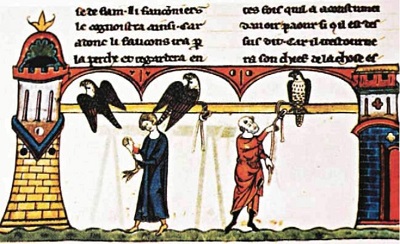
Throughout the Middle Ages falconry played a big role. The first laws governing falconry and property-related relations with predators originated in the 8th century.
The most important legal norm of that time was the law issued by King Charles the Great King (748-814), who is considered to be the most important falconer at that time. In our territory, probably the rulers of the Great Moravian Empire have taken care of the development of falconry.
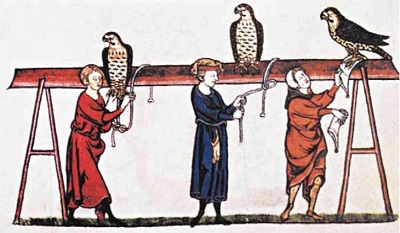
The falcon club logo, a horse rider with a bird of prey comes from the motif of the 9th century, the find of the Great Moravian Empire.
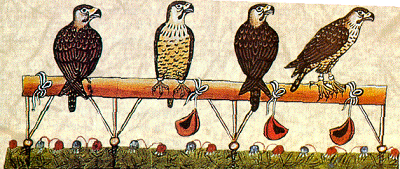
The pastime of royal hunting in the middle of the Middle Ages, falconry spread to all of Europe’s royal courts, gaining increasing importance and influencing all spheres of society.
From Fridrich’s work, Czech king Přemysl Otakar II (1233-1278), was able to draw on the knowledge of falconry. Like most of the rulers of the time of falconry, he devoted himself completely. The biggest “falconic” act in our country was the founding of the village Sokolec near Poděbrady.
This settlement was the result of the need to build a site of royal falconers in the Polabi – the queen’s hunting ground.
Mongolian Falconry
From the world’s largest hunting expedition of up to 10,000 people, the Mongol ruler Kublajchan (1215-1294), the founder of the Yuan dynasty and the contemporary of the European sovereigns, is considered today. His tent city was constructed every year in the Asian steppe in the spring, and the khan indulged in hunting adventures. At the same time, however, he held state responsibilities and received visits to resolve diplomatic affairs.
In the late Middle Ages, falconry in Europe reached a peak in terms of diplomacy. Sokol became an important “diplomatic payment”, as evidenced by many historical records of borrowing, the release of prominent prisoners, the safeguarding of property, and, last but not least, the blessing of the war threat by donating, by exchanging rare falcons, especially white hawthorn falcons. These predators were caught in Iceland, Norway, the Arctic parts of Russia, and rarely even in Greenland, and then imported into Europe.
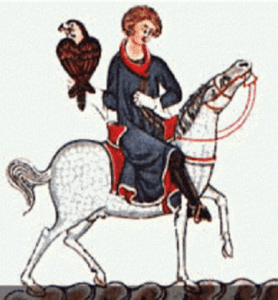 Under the rule of Tsar Ivan IV. The Terrible (1530-1584) came the World Falcon Power “European Part of Russia”. At the head of the Imperial Falcons hierarchy stood a “falconer” and immediately behind him breeders, trainees, hunters and catchers, as well as officials of various ranks. It is clear from the commandments of the Church that the system operated under the threat of severe punishment. If a falcon was stolen, robbed or killed, the culprit could expect to be punished by death.
Under the rule of Tsar Ivan IV. The Terrible (1530-1584) came the World Falcon Power “European Part of Russia”. At the head of the Imperial Falcons hierarchy stood a “falconer” and immediately behind him breeders, trainees, hunters and catchers, as well as officials of various ranks. It is clear from the commandments of the Church that the system operated under the threat of severe punishment. If a falcon was stolen, robbed or killed, the culprit could expect to be punished by death.
In the second half of the 18th century there was a total decline of falconry – the old hunting method was almost forgotten completely with the onset of hunting with firearms.
In Asia, falconry retained its importance primarily thanks to some nations, such as the Kyrgyz and Kazakhs.
During the 19th century and especially in the 20th century, falconry was gradually revived in many European countries, of course under completely different conditions and with other goals than in history.
The images below are of Czech falconers from the annual falconers gathering in the Czech Republic which took place October 2017.
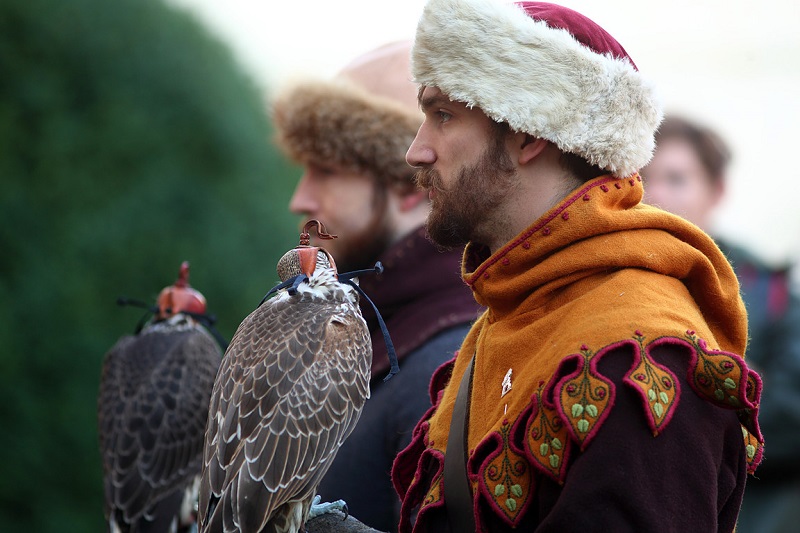
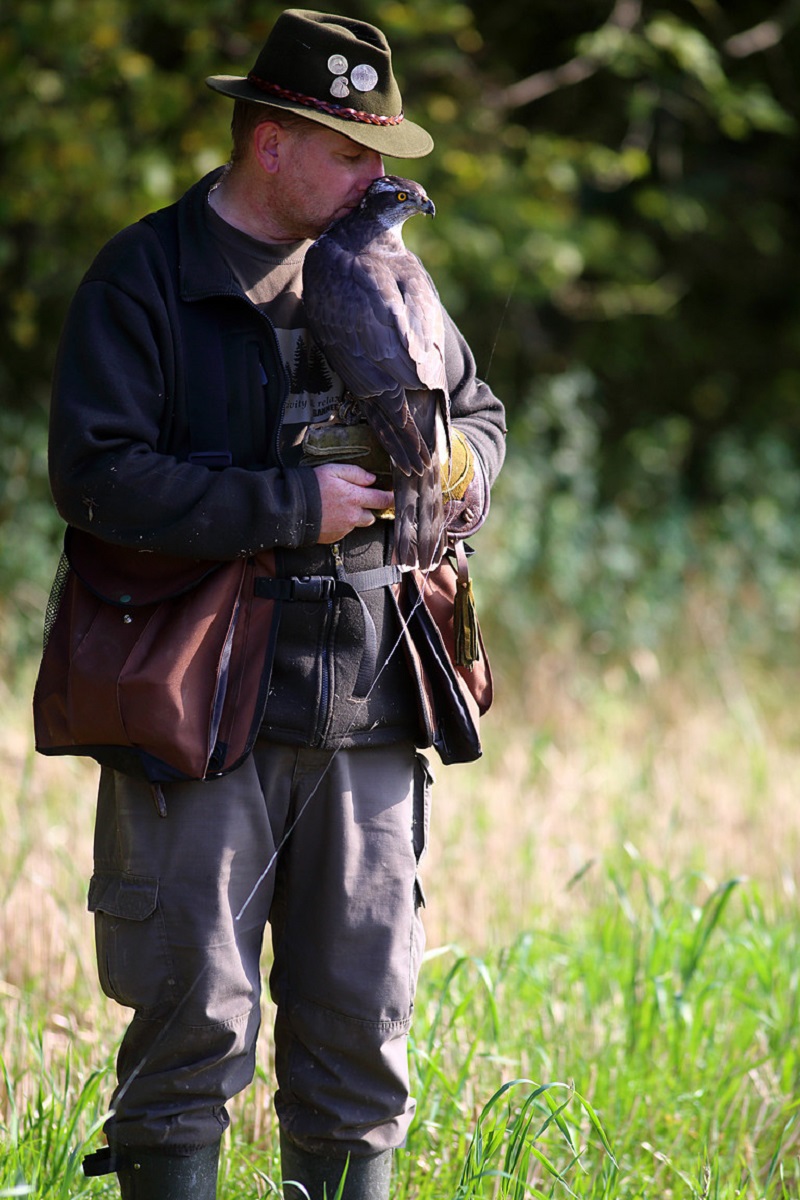
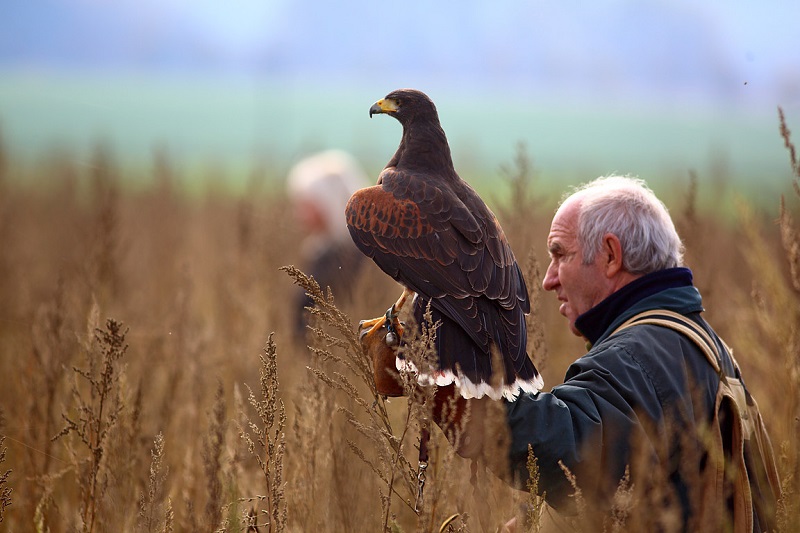
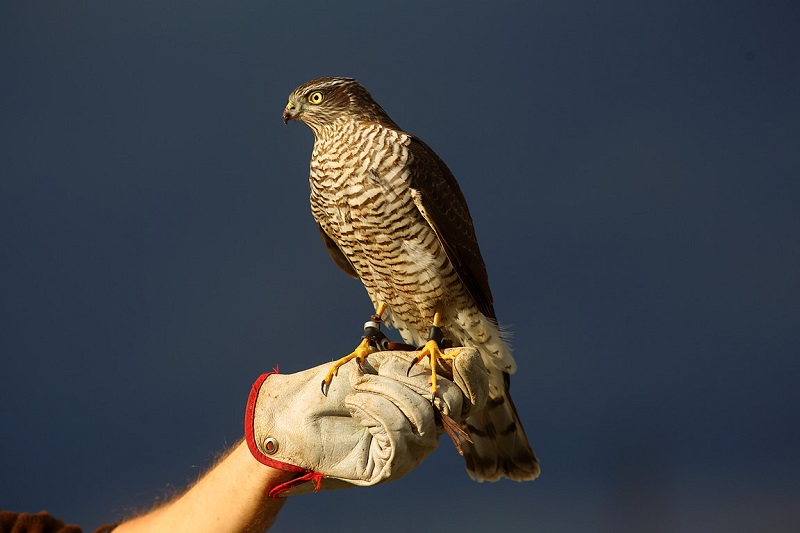
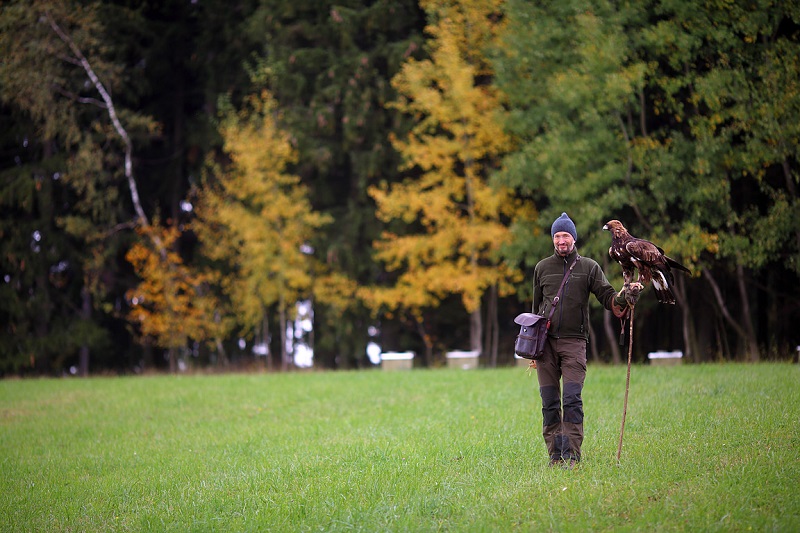
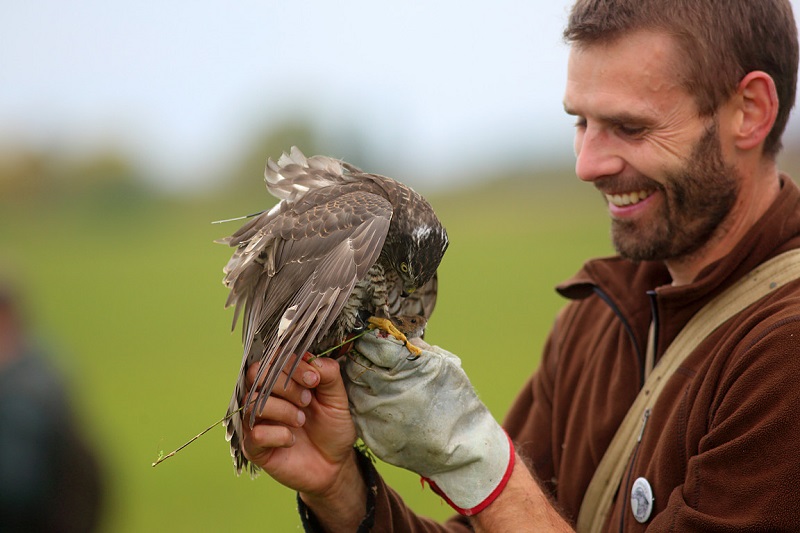
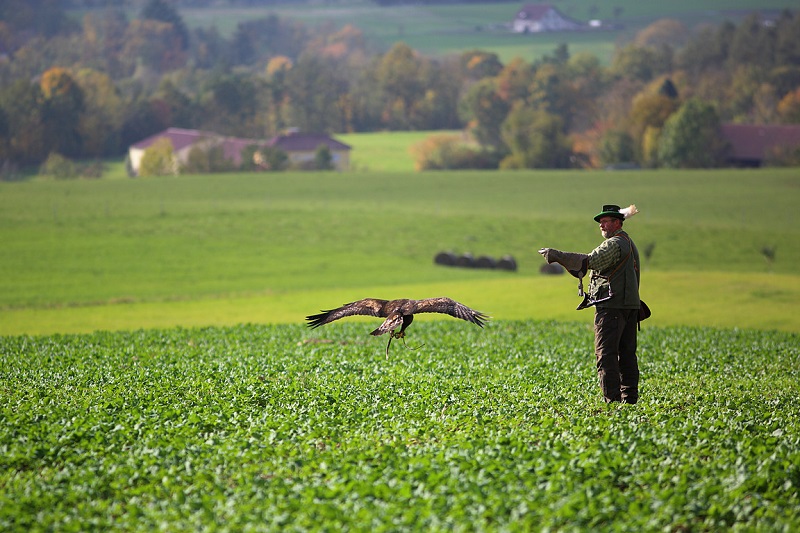
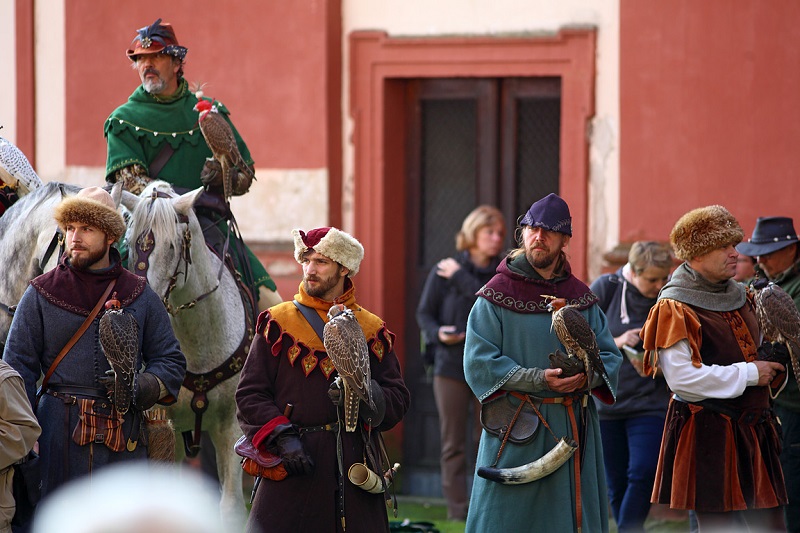
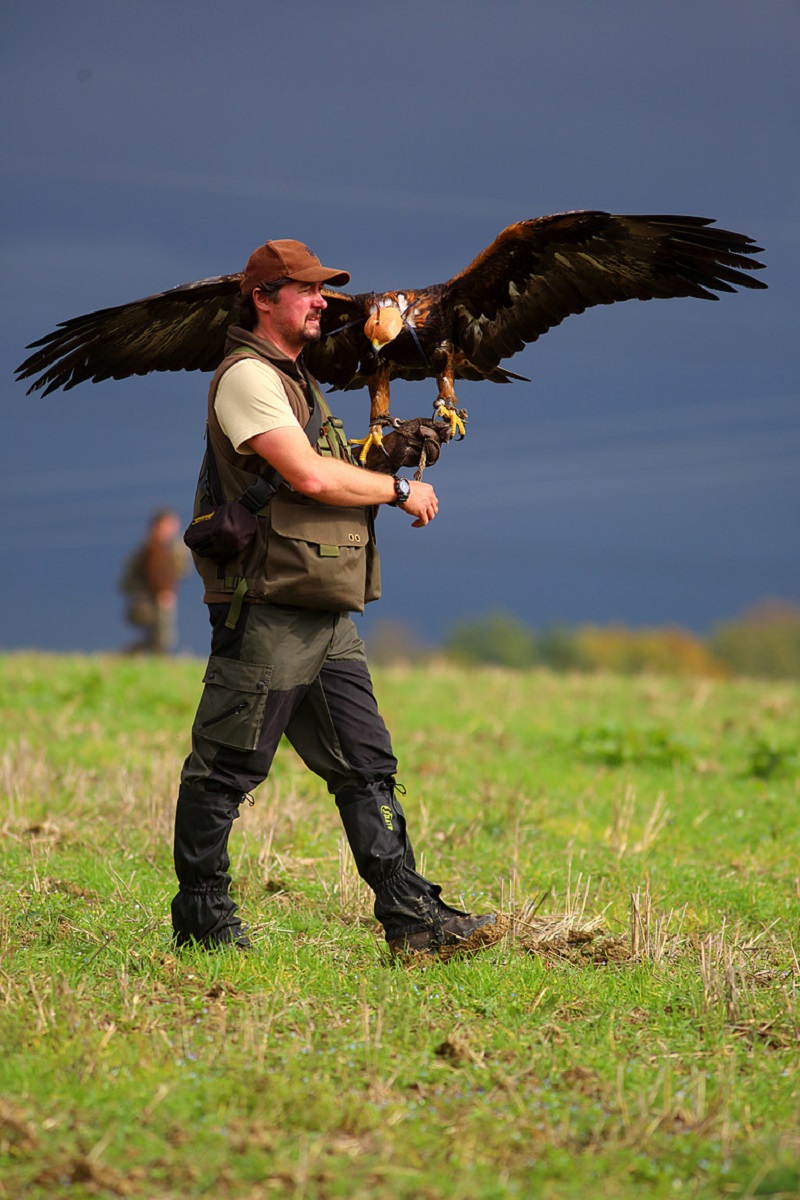
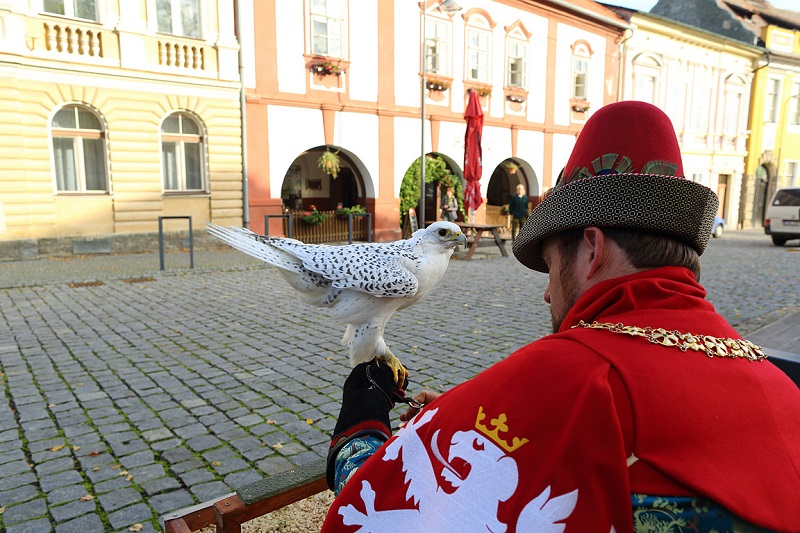
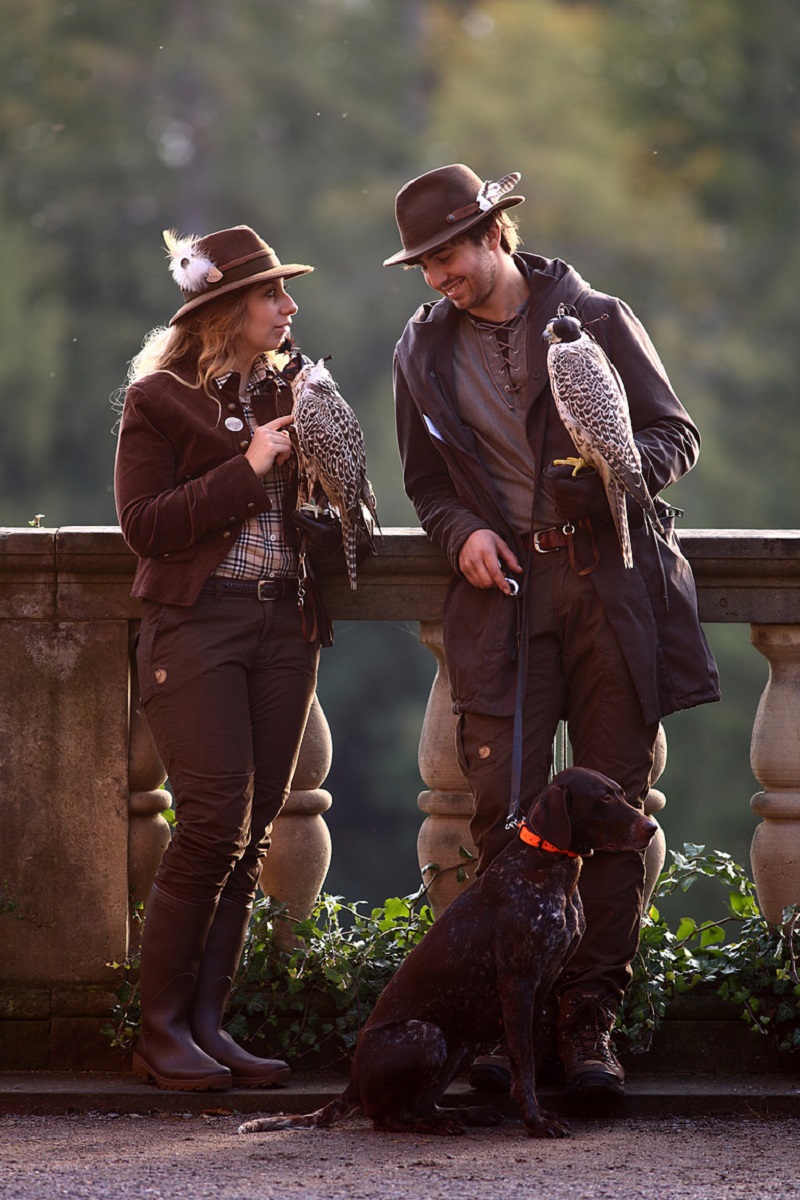
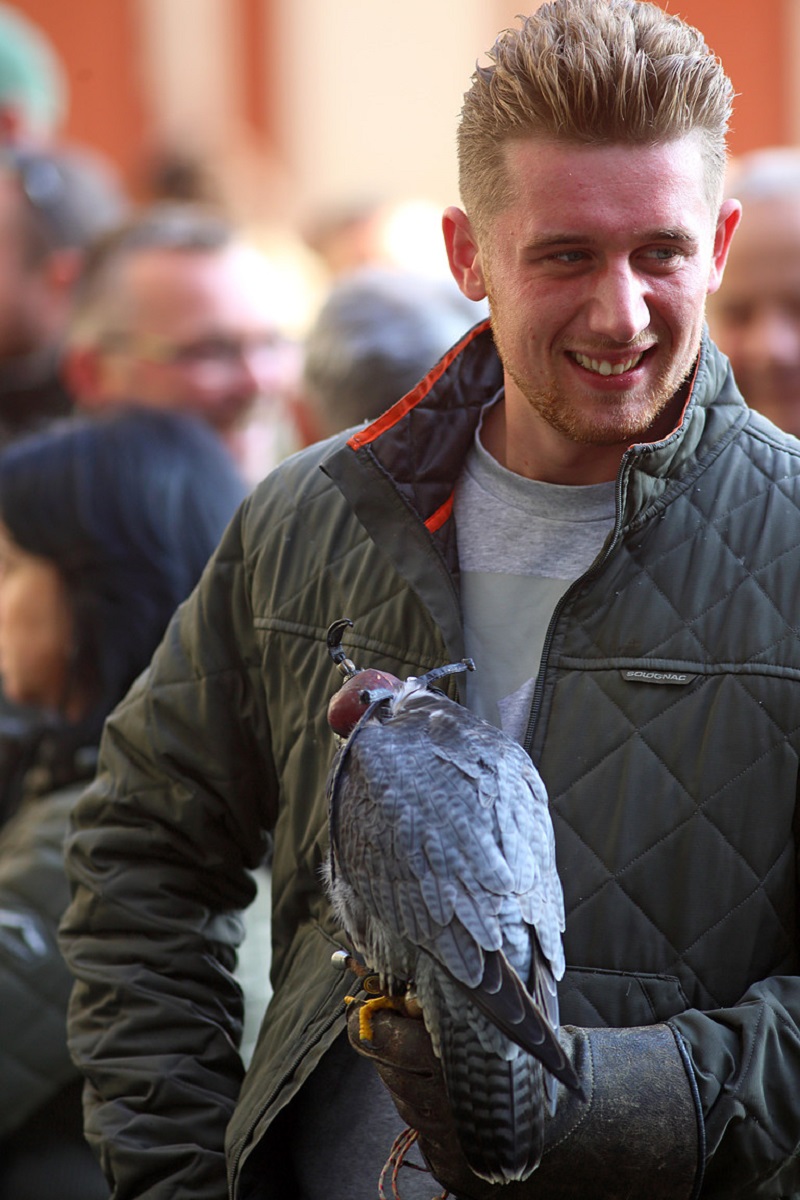
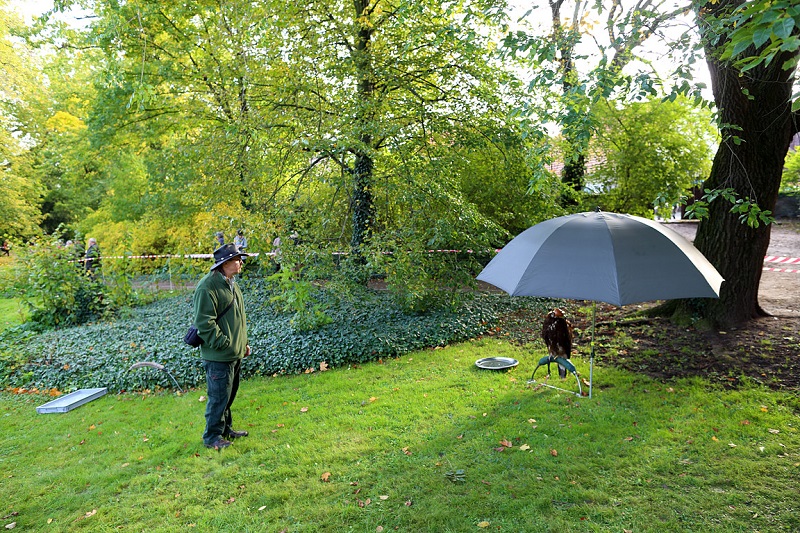
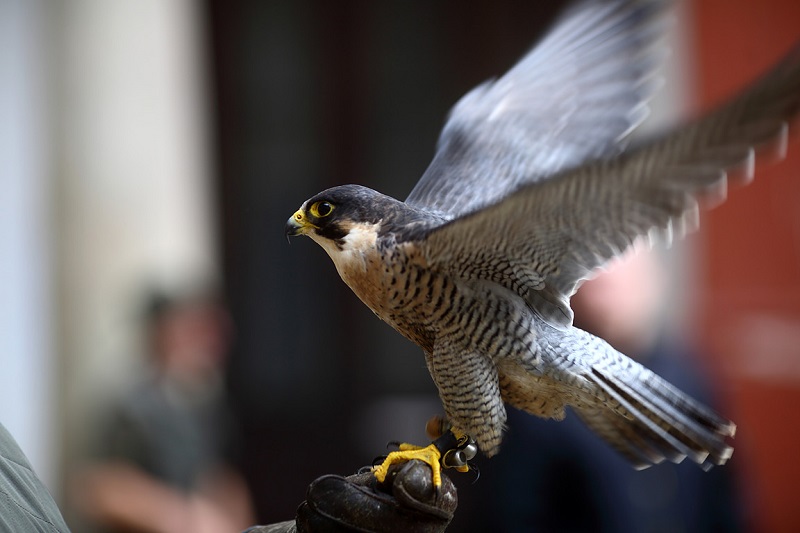
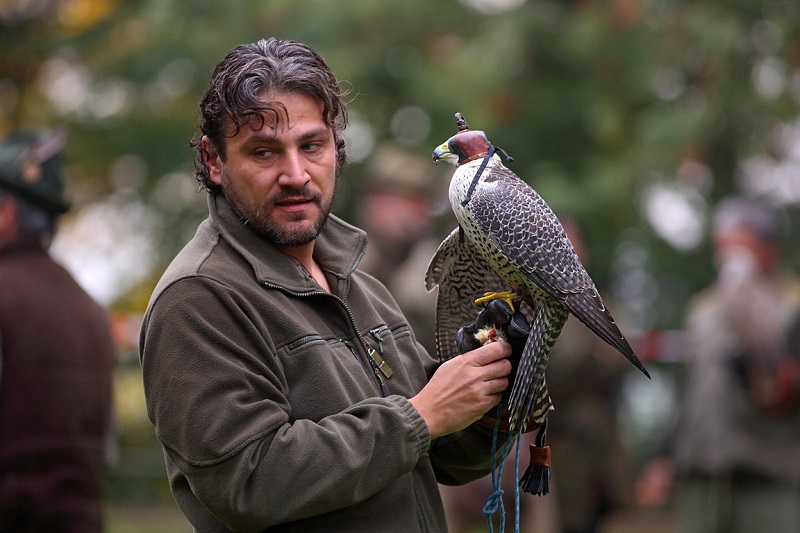
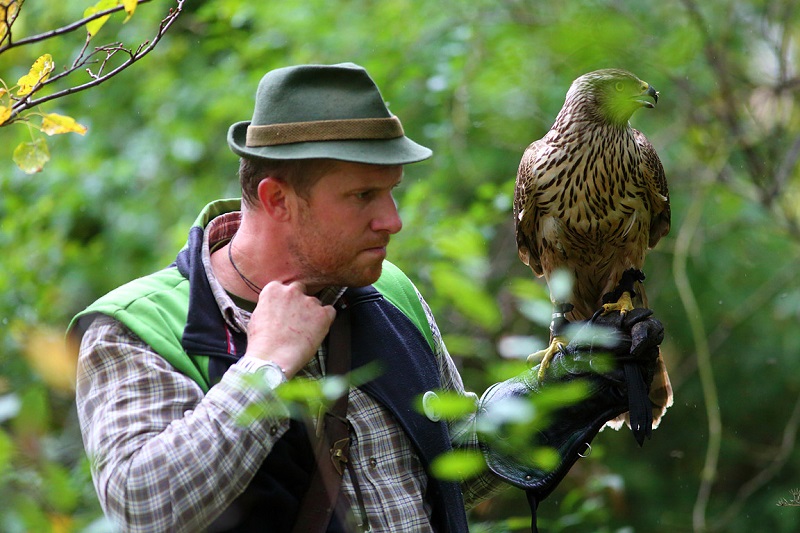
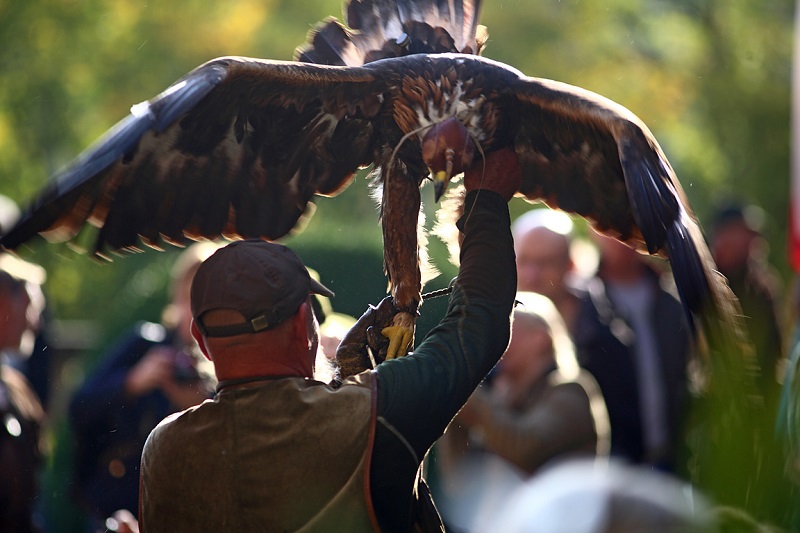
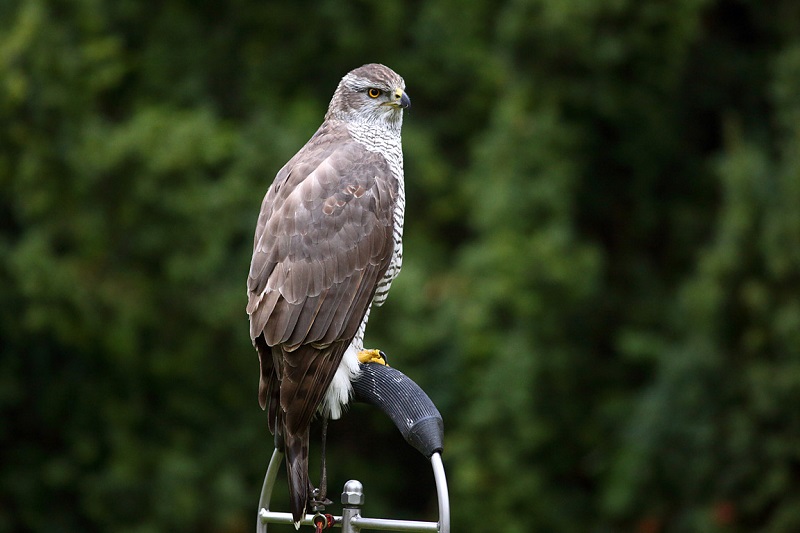
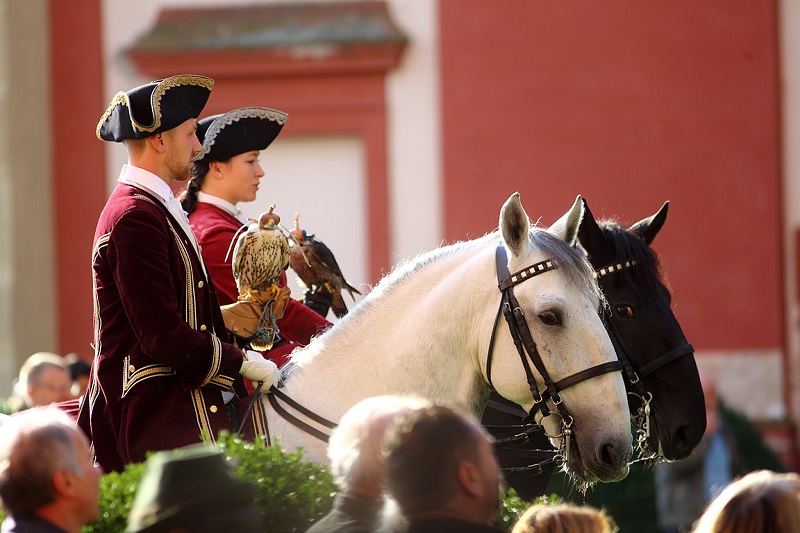
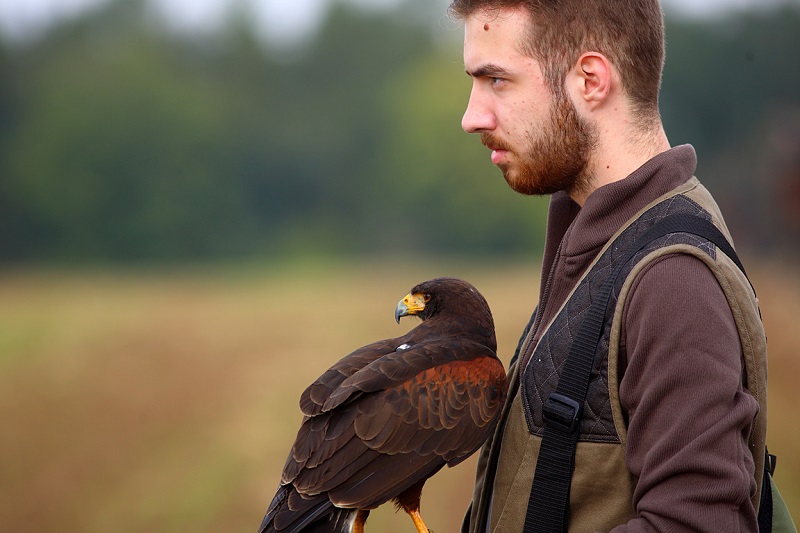
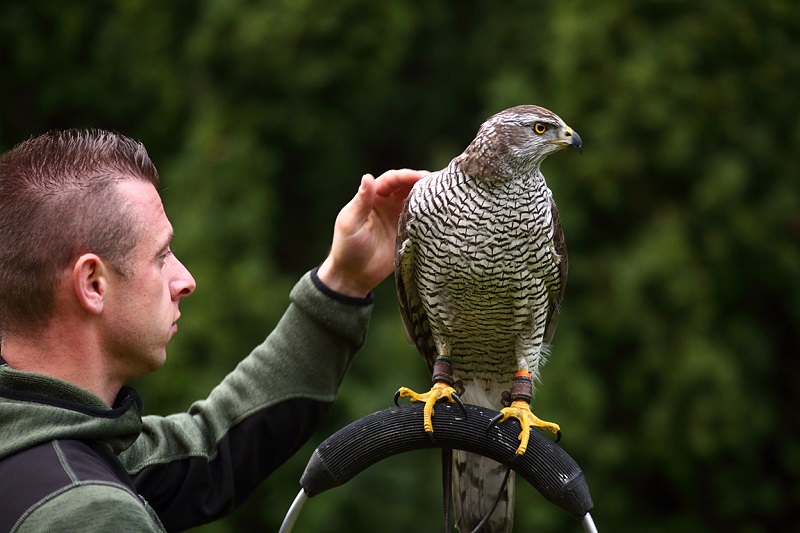
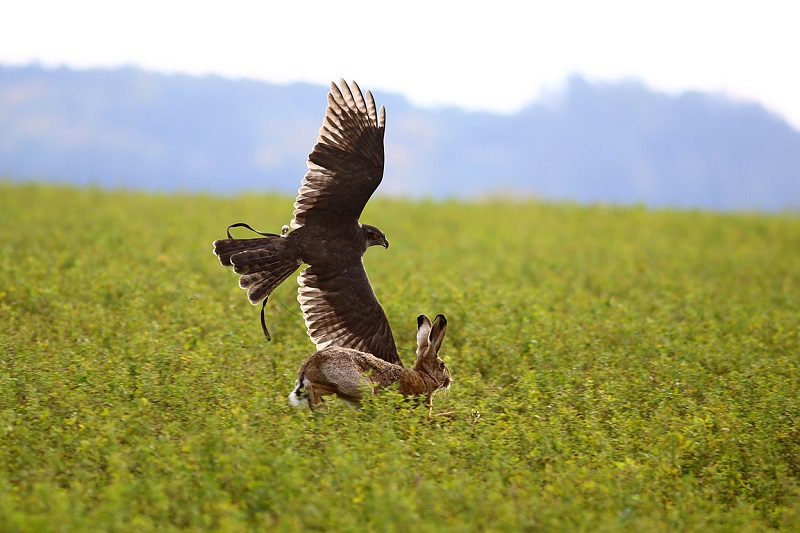
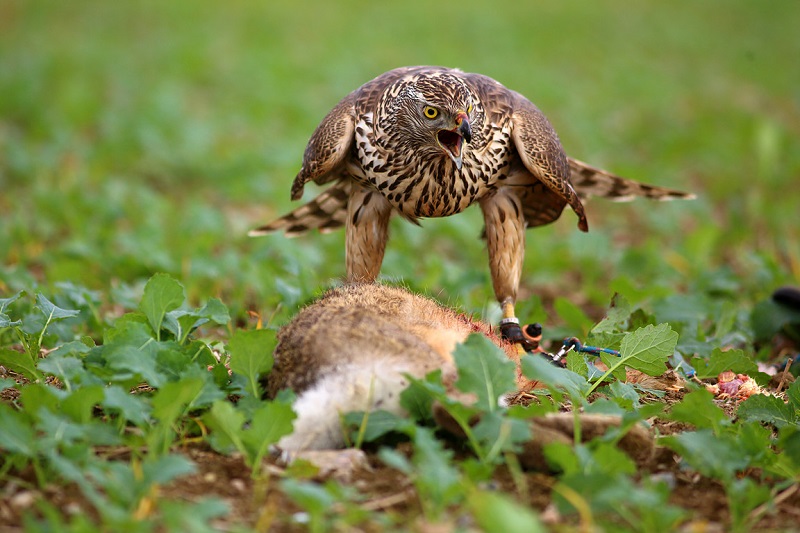
Czech falconers of modern times also include women, and children…
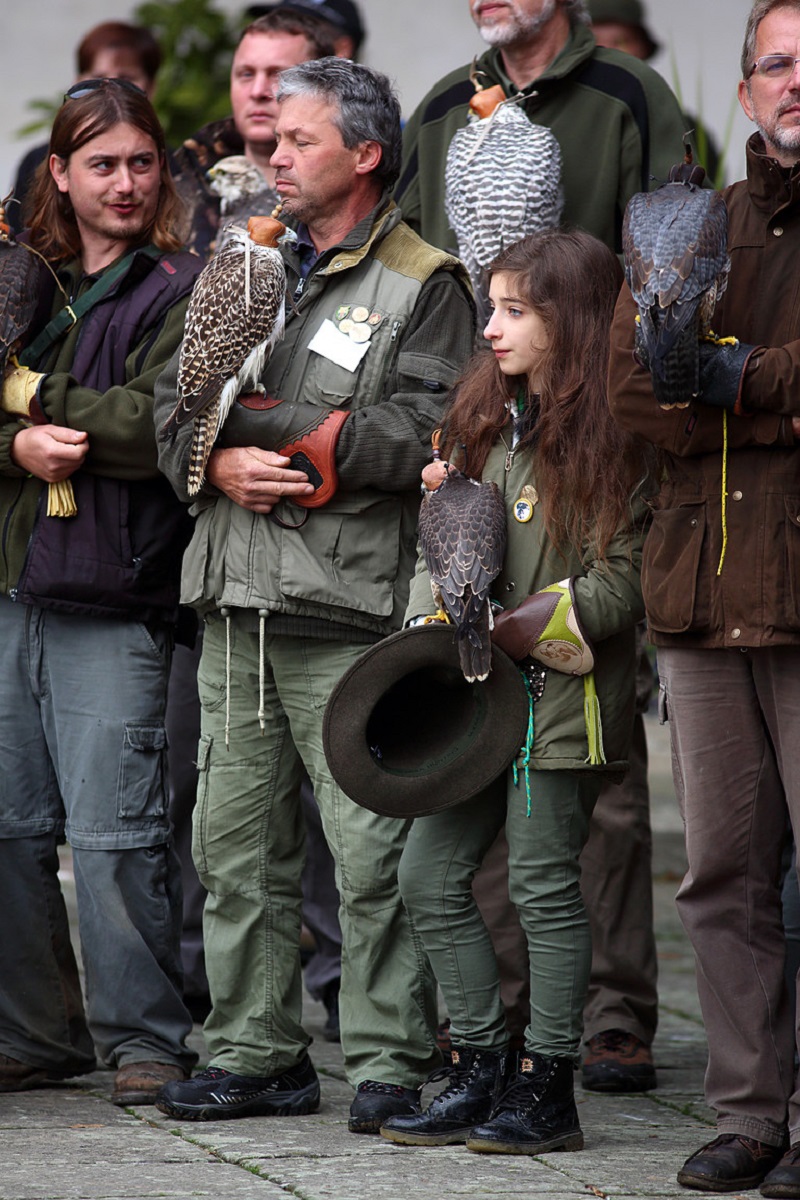
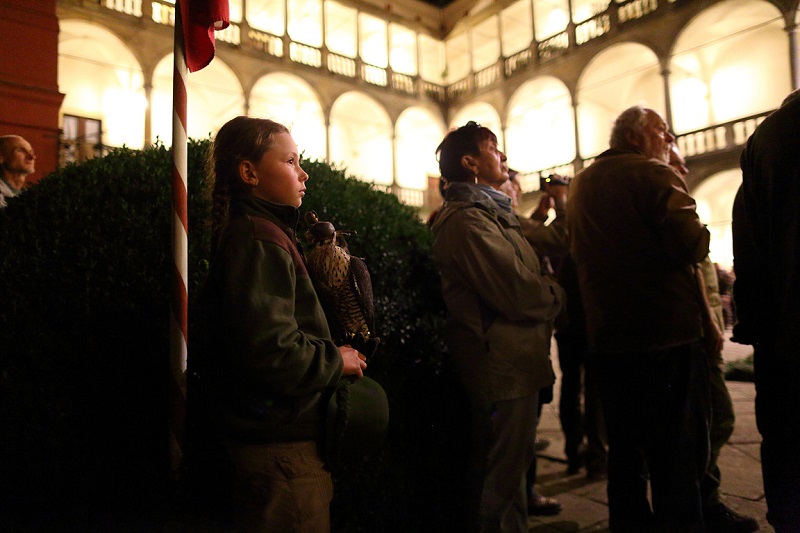
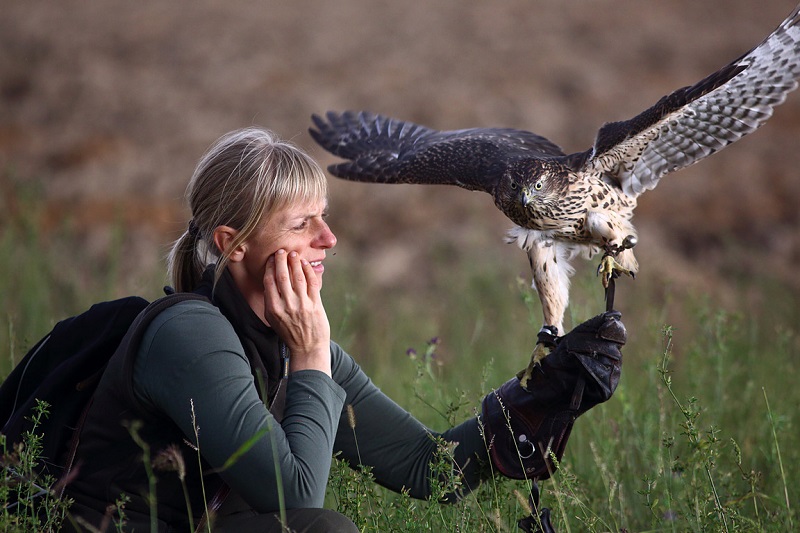
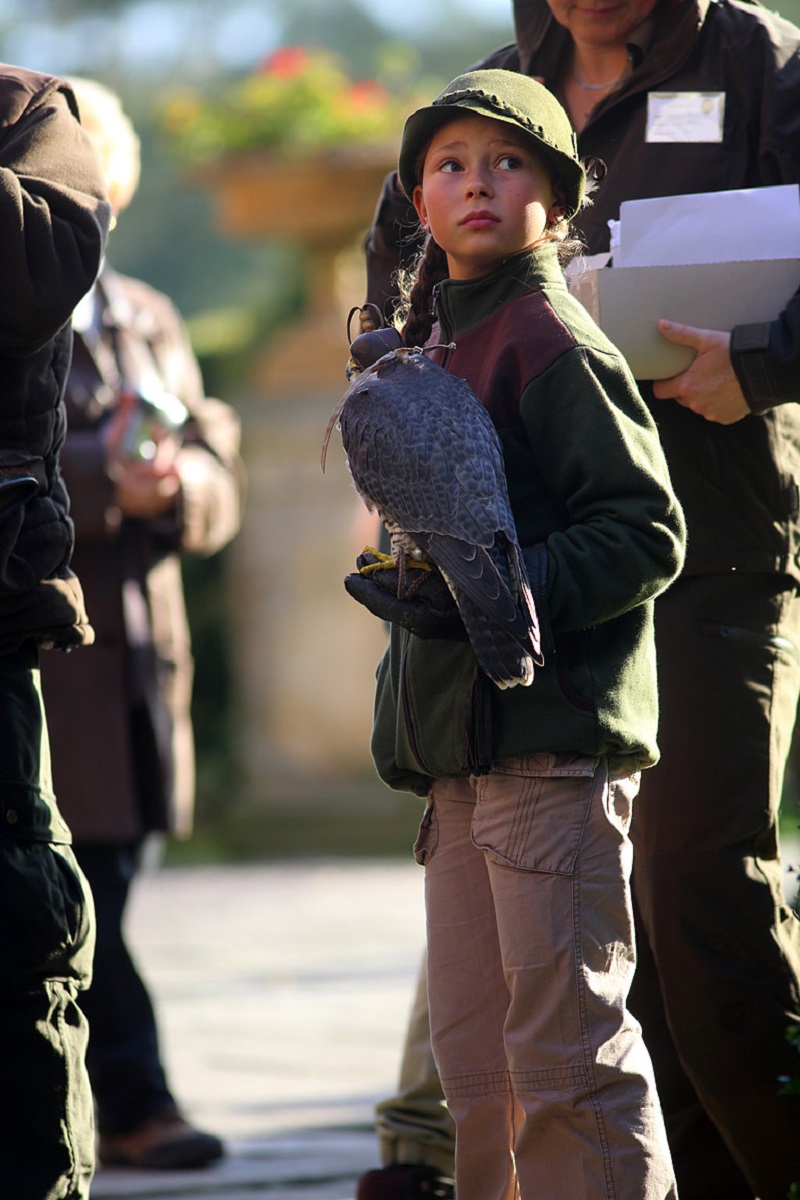
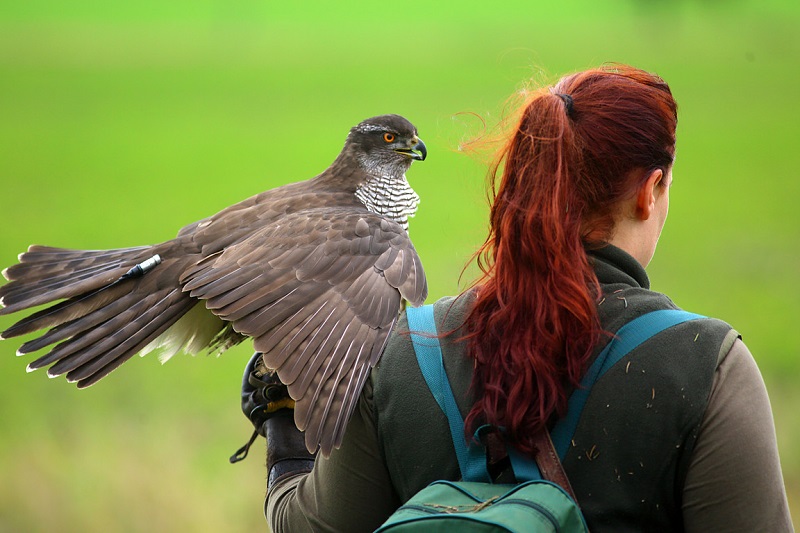
We’re fascinated with this ancient sport and love falconers, as you can see by the other posts we’ve written in the past. (Click on each title to open in another window and see many more amazing and beautiful photographs.)
The Falconers of the Czech Republic
Falconry in the Czech Republic
The Sexy Rugged (Older) Men of Falconry
As with all of our falconry posts, the images are by talented photographer Páv Lučištník.
Thank you in advance for your support…
We know that you could spend hours, days, weeks and months finding some of this information yourselves – but at this website, we curate the best of what we find for you and place it easily and conveniently into one place. Please take a moment today to recognize our efforts and make a donation towards the operational costs of this site – your support keeps the site alive and keeps us searching for the best of our heritage to bring to you.
Remember, we rely solely on your donations to keep the project going.
We appreciate you more than you know!
If you have not already subscribed to get TresBohemes.com delivered to your inbox, please use the form below now so you never miss another post.






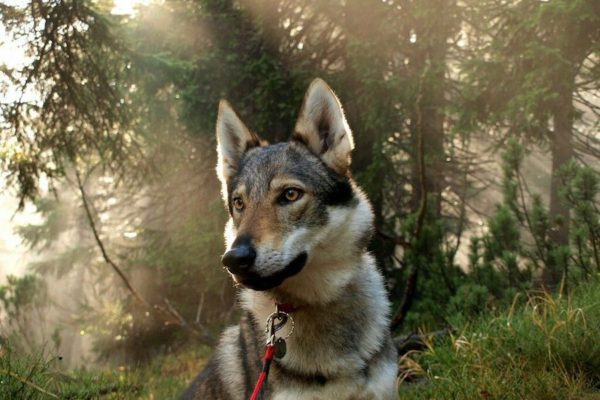















Hello there, You have done a great job. I will definitely personally suggest your site to my friends. I am confident they’ll be benefited from this web site because you share such unique informations.
These are beautiful animals. I’ve not seen raptors like this before and I feel fortunate to have been introduced to them here.
Records have been found of a king using birds of prey who may have lived as much as 10,000 years ago. Thanks for highlighting this ancient tradition.
Good looking birds, and the men are nice too.
This is a great post. Thanks.